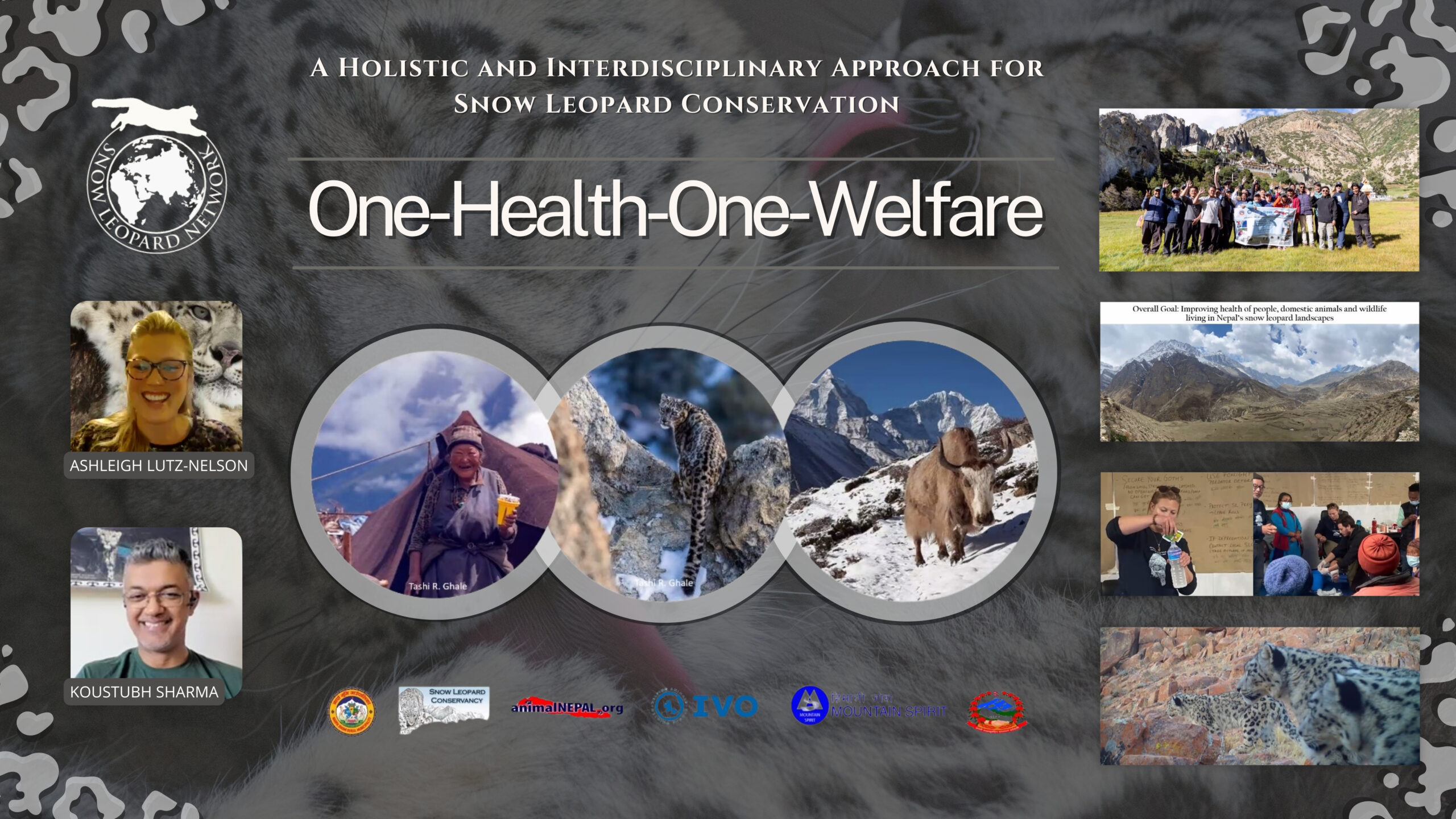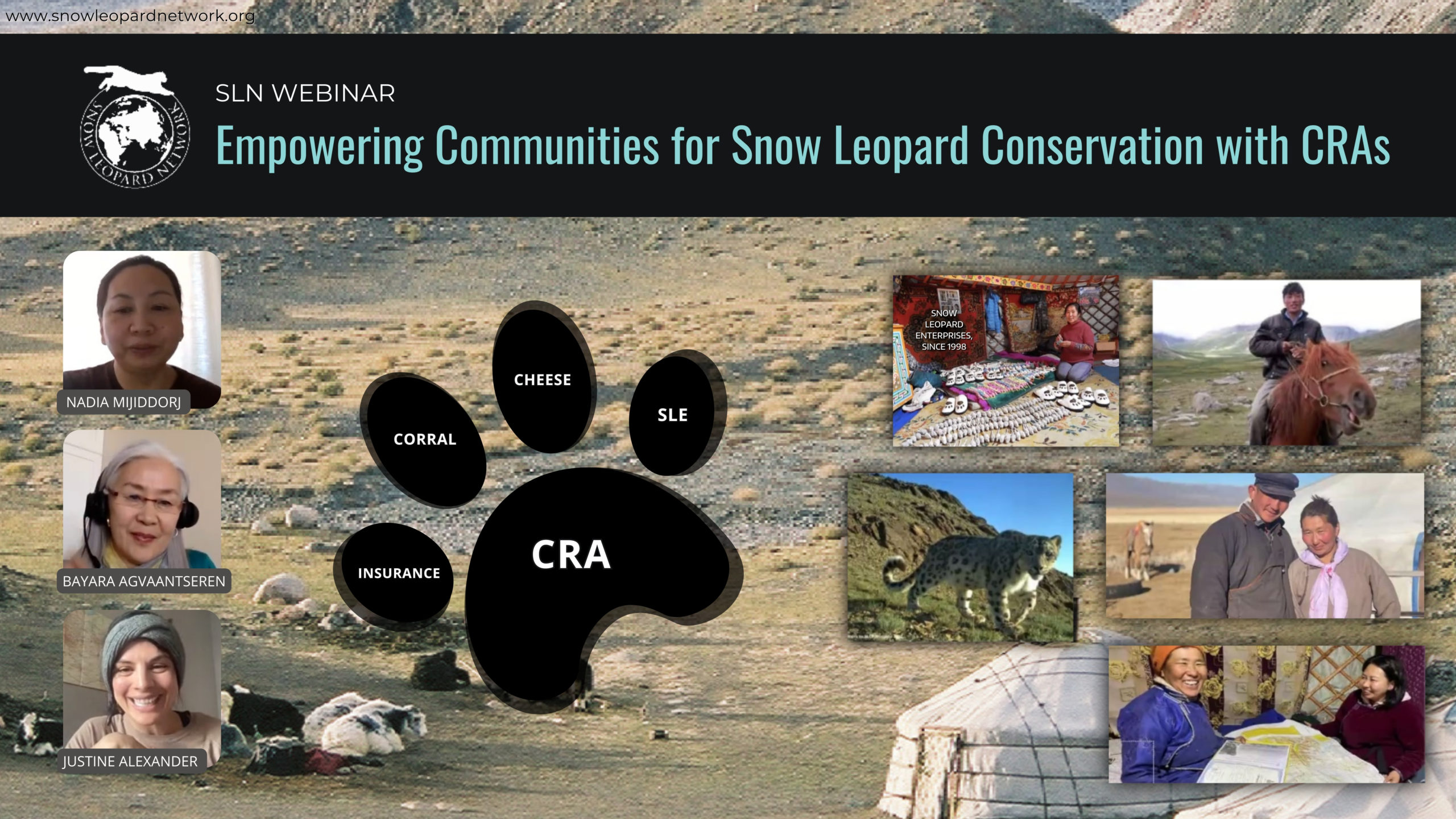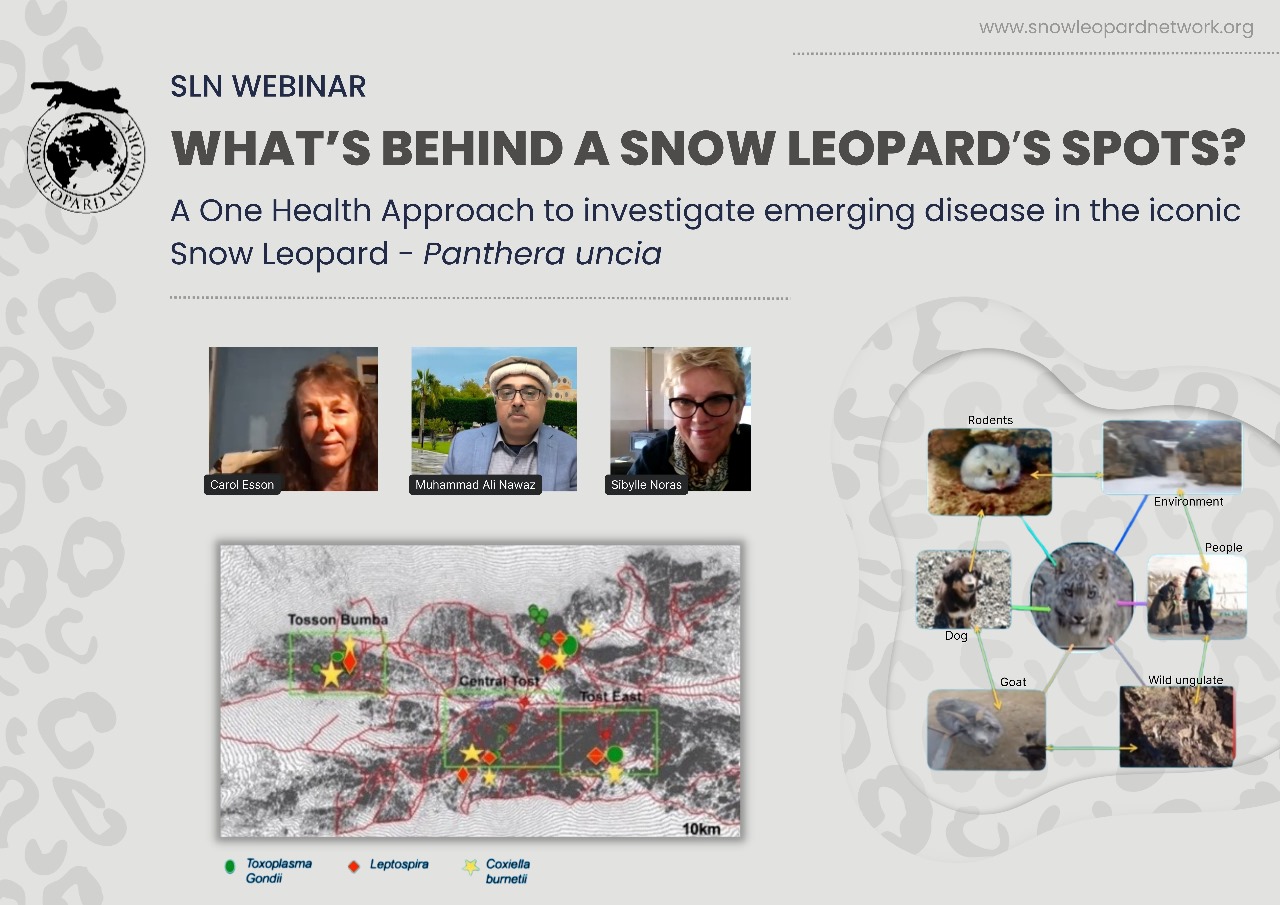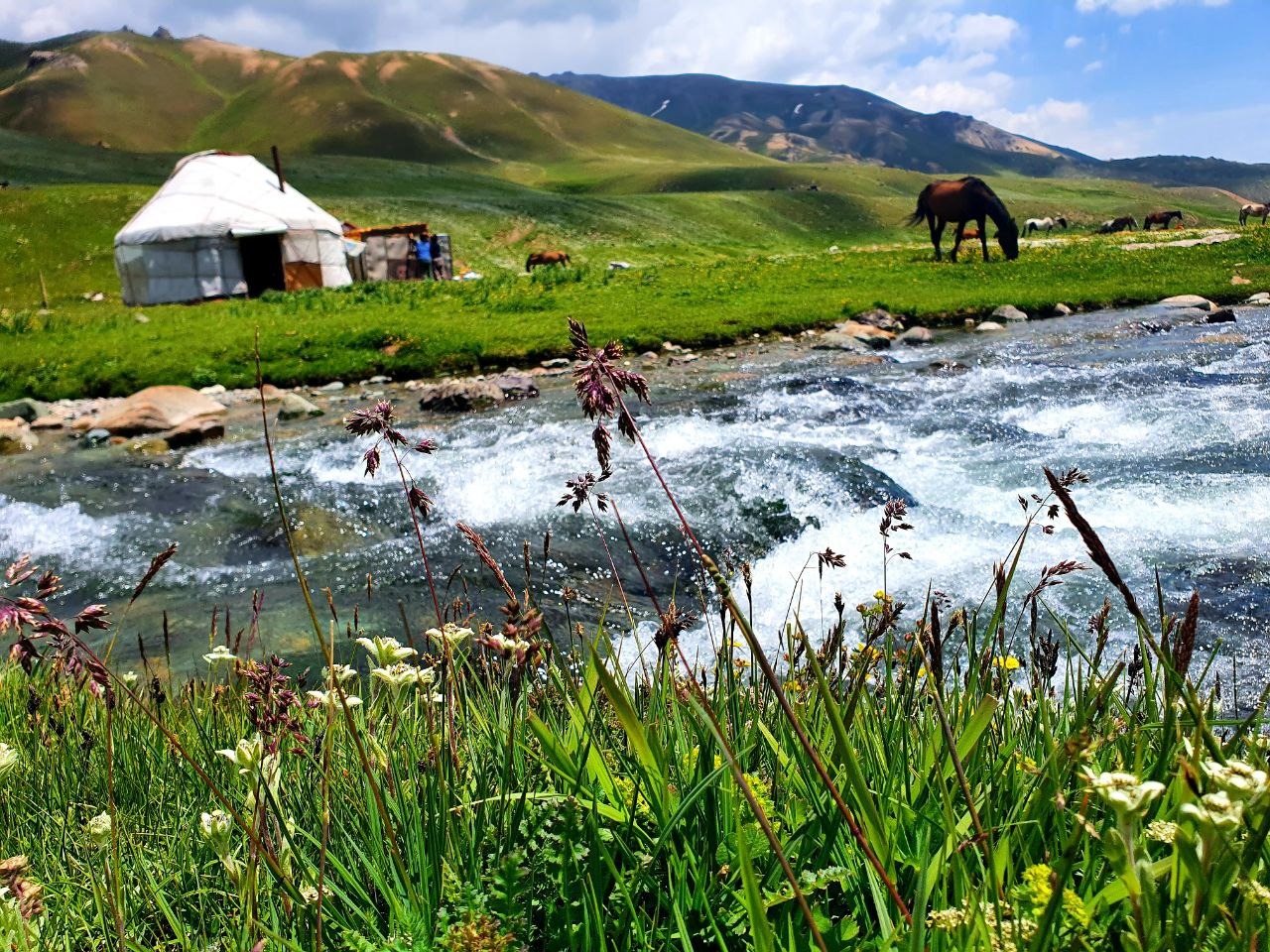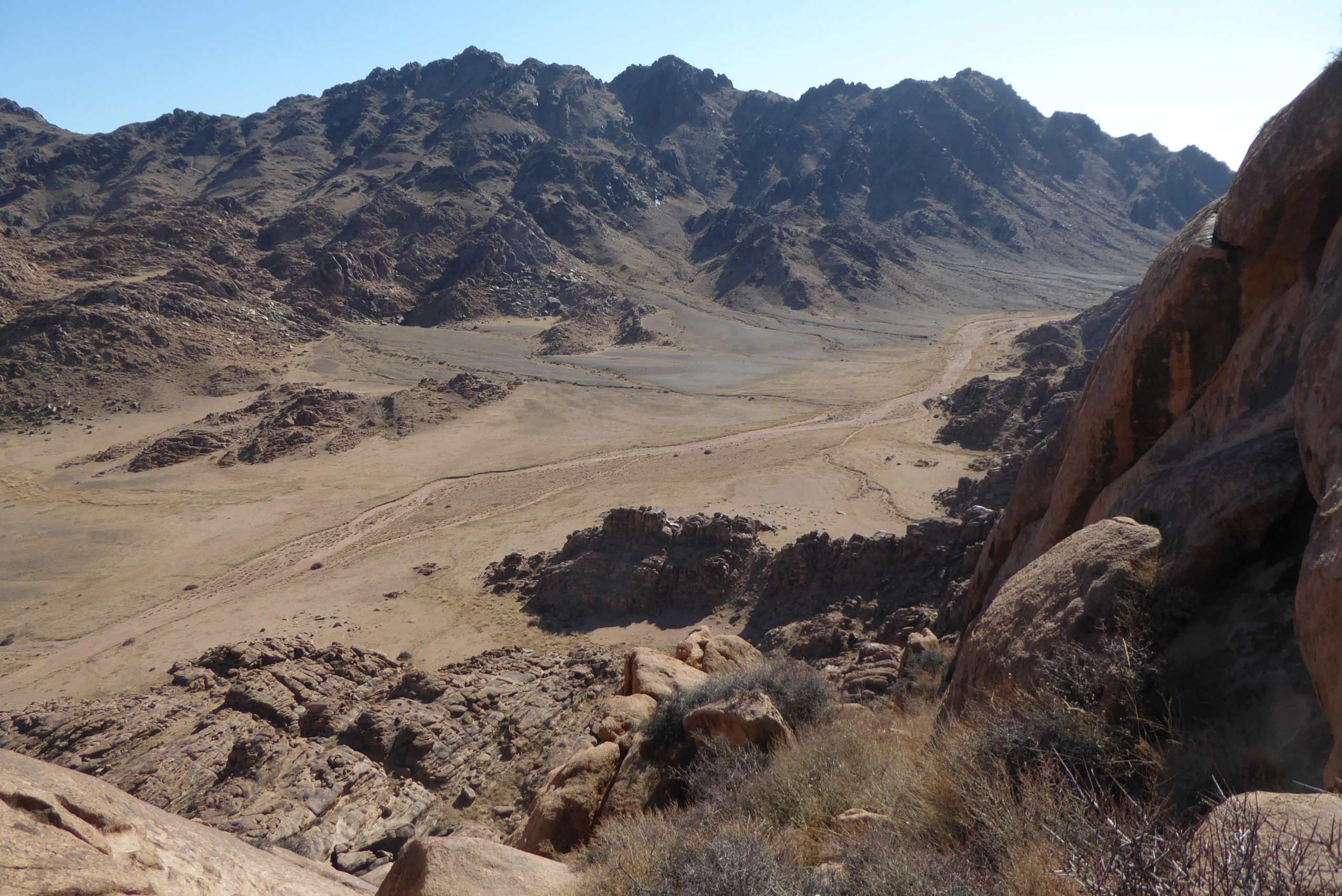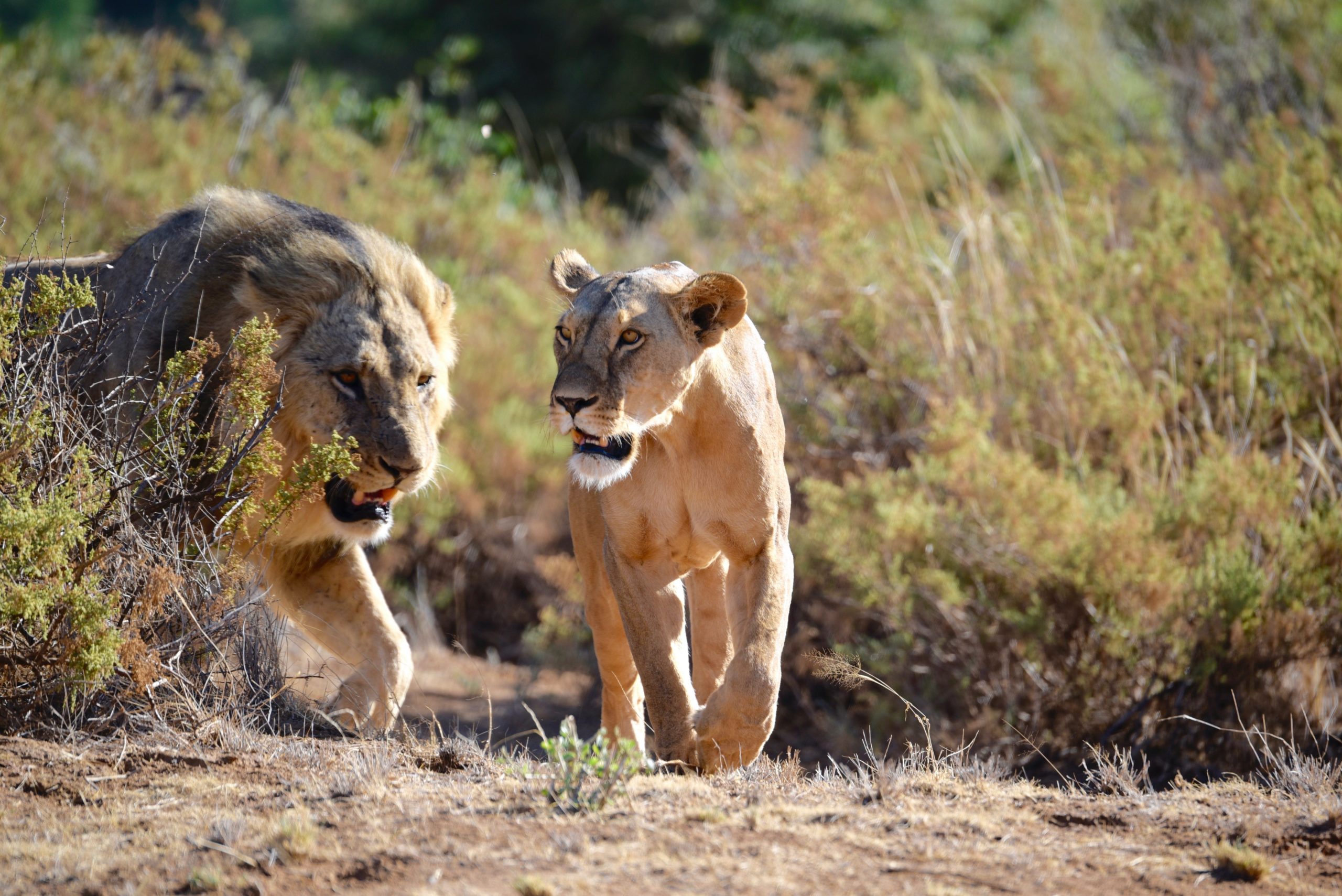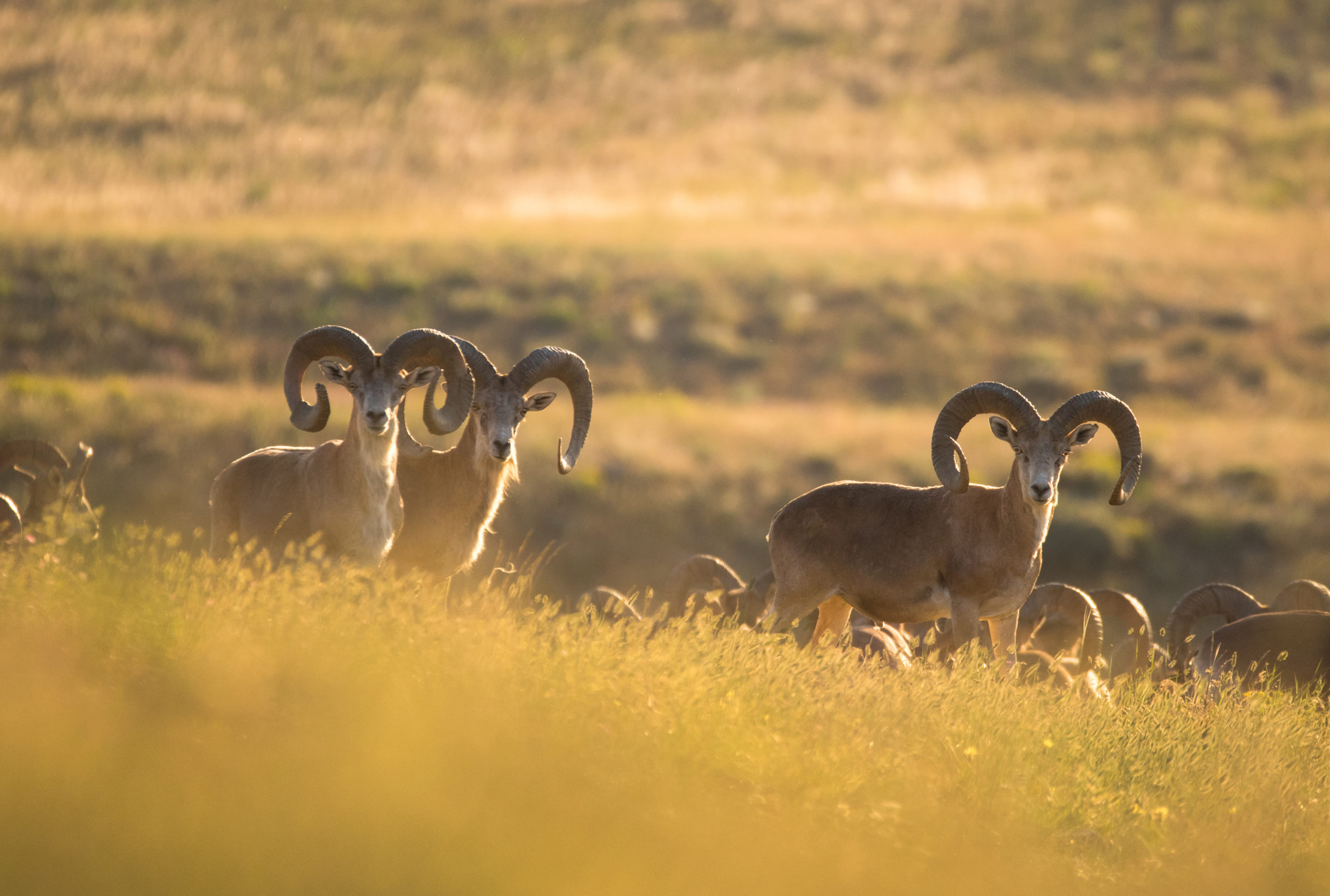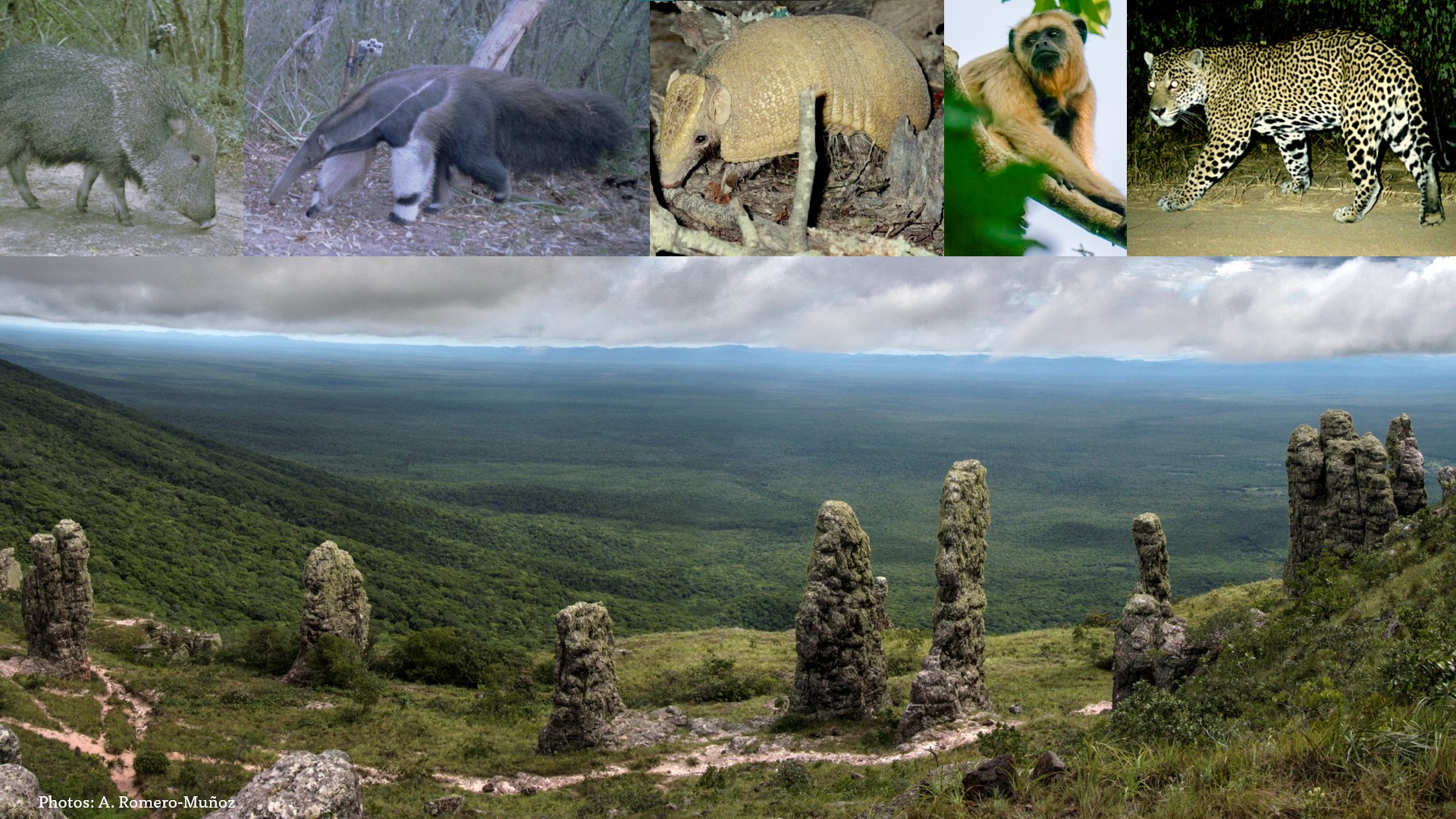The Snow Leopard Conservancy partners with local conservationists, range country and international organizations, and mountain communities living with snow leopards. SLC invests in solutions that save the lives of snow leopards and other predators from the consequence of human-wildlife conflict and build a long term foundation of coexistence, guardianship and self-reliance. SLC’s initiatives empower Indigenous Traditional Ecological Knowledge, evidence-based science, and promote healthy mountain ecosystems across the snow leopard’s range.
The One-Health-One-Welfare initiative facilitates a community-driven and holistic conservation approach that bridges educational, health, and environmental challenges within the remote mountain communities of Nepal. Using a One Health framework, that aims to conserve snow leopards and their habitat by improving local livelihoods, agricultural practices, expanding snow leopard conservation education, improving access to livestock veterinary care, reducing zoonotic disease transmission, and building local capacity to address these challenges.

